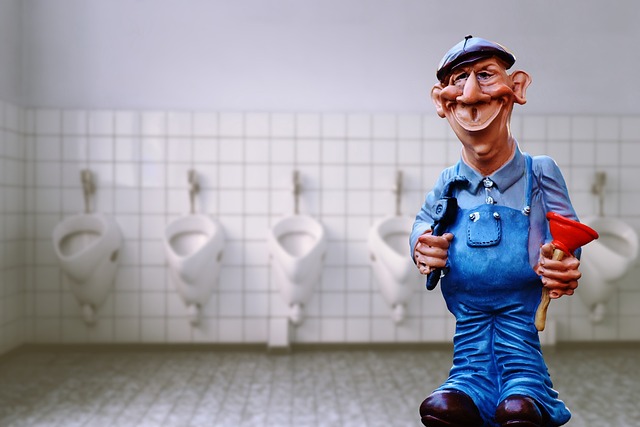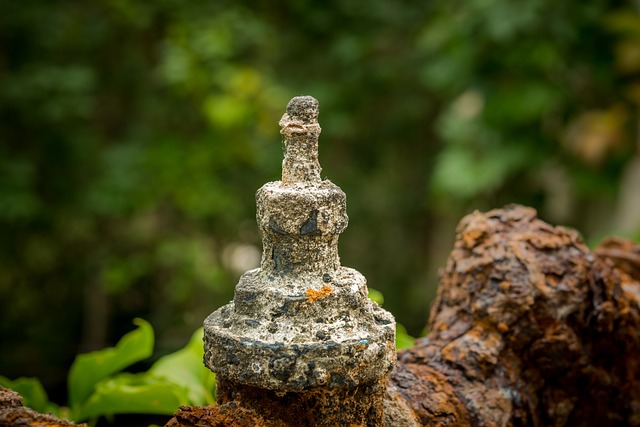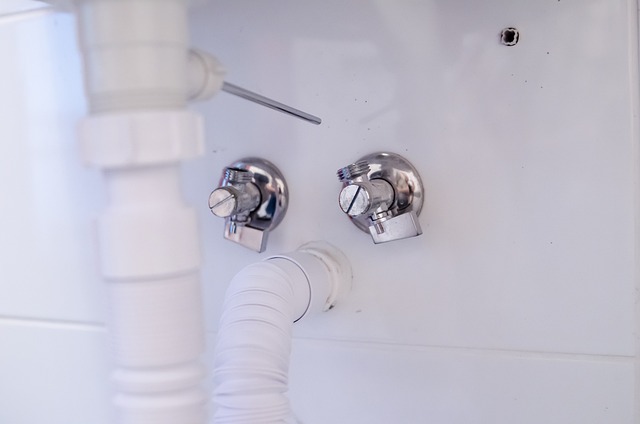Old plumbing systems face common issues like leaks, clogs, and outdated fixtures, leading to waste and damage. Regular inspections and prompt repairs are vital for longevity. Annual professional checks and DIY monthly maintenance prevent costly plumbing issues, saving on repairs and promoting sustainability with water-efficient upgrades.
In many homes, plumbing systems age silently, often reaching 20 years or more. As these systems age, they become prone to various plumbing issues that can range from slow drains and low water pressure to more serious problems like leaks and pipe corrosion. This article delves into the common plumbing issues found in old systems, offers maintenance tips for extending pipe lifespan, explores modern upgrades for improved efficiency and safety, and provides preventative measures to minimize future repairs.
- Identifying Common Plumbing Issues in Old Systems
- Maintenance Tips for Extending Pipe Lifespan
- Modern Upgrades to Improve Efficiency and Safety
- Preventative Measures for Future Repairs
Identifying Common Plumbing Issues in Old Systems

Old plumbing systems, especially those over 20 years old, often present a range of common issues that homeowners should be aware of. Leaks are a frequent problem, as corrosion and wear on pipes can lead to small cracks or joint failures. These leaks may go unnoticed for extended periods, resulting in significant water waste and potential damage to properties. Over time, pipes can also become clogged due to mineral buildup, scaling, or the accumulation of debris, particularly in areas with hard water. This obstruction can reduce water pressure and flow rates, affecting various plumbing fixtures throughout the home.
Additionally, old plumbing systems might have outdated fixtures and appliances that are less efficient and more prone to failure. Old-style toilets, for instance, use more water per flush, and their mechanical parts may become unreliable or difficult to repair. Similarly, vintage sinks, faucets, and heaters can be energy inefficient and require frequent maintenance. Identifying these plumbing issues early is crucial for homeowners; regular inspections and prompt repairs can help prevent further damage and ensure the longevity of the plumbing system.
Maintenance Tips for Extending Pipe Lifespan

Regular maintenance is key to extending the lifespan of your plumbing system, especially if it’s over 20 years old. Start by scheduling annual inspections with a professional plumber to assess any potential issues or wear and tear. During these checks, they can clear out sediment buildup in water heaters and pipes, which prevents clogs and improves water pressure.
Additionally, keep an eye out for common plumbing issues like leaks, corrosion, and rust. Addressing these promptly will save you from costly repairs later on. Simple tasks like tightening fittings, replacing worn-out washers, and insulating pipes against extreme temperatures can go a long way in maintaining the integrity of your plumbing system.
Modern Upgrades to Improve Efficiency and Safety

With age, any system can start to show its weaknesses, and a 20-year-old plumbing setup is no exception. Over time, pipes can corrode, seals may weaken, and outdated fixtures become less efficient—leading to various plumbing issues. Modern upgrades are designed to rectify these problems, enhancing both the functionality and safety of your home’s plumbing system.
One significant advancement in plumbing technology involves high-efficiency fixtures and appliances. These innovations consume less water without compromising performance, reducing not only your utility bills but also the strain on local water resources. Additionally, modern materials and designs offer improved durability, resisting corrosion and ensuring longer lifespans for various components. Such upgrades are essential steps towards a more sustainable and secure plumbing system.
Preventative Measures for Future Repairs

Regular maintenance is key to preventing costly and disruptive plumbing issues down the line. Homeowners should schedule professional inspections every 6 months to identify potential problems early on. During these visits, a plumber can check for leaks, corrosion in pipes, and wear and tear in fixtures. Addressing these issues promptly can save hundreds, if not thousands, in repair costs later.
In between inspections, there are simple DIY checks owners can perform monthly. This includes checking for water leaks at fixtures and under sinks, inspecting pipes for rust or damage, and ensuring all vents are clear to prevent drain clogs. By adopting these preventative measures, homeowners can extend the lifespan of their plumbing systems and avoid the stress and expense of emergency repairs.
